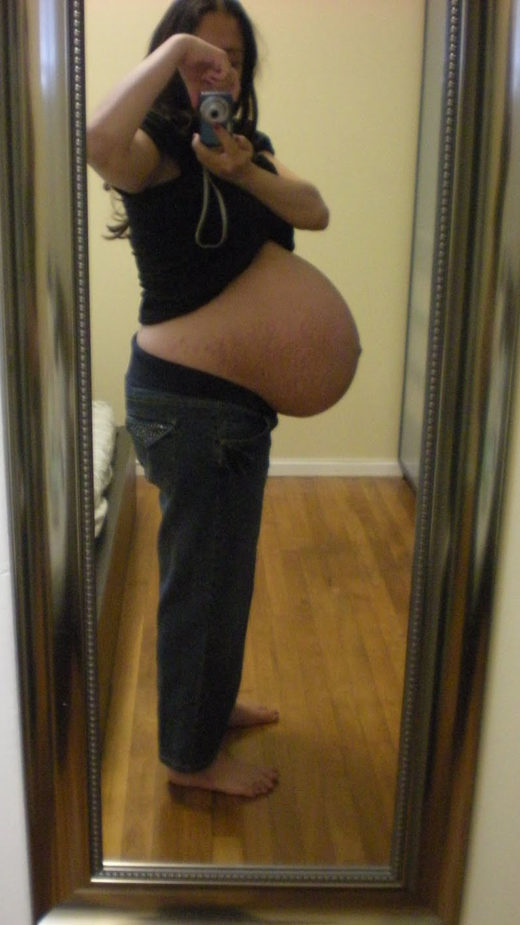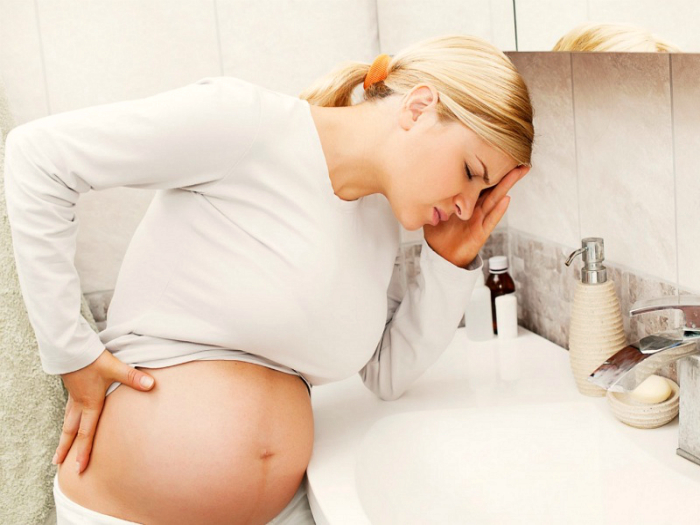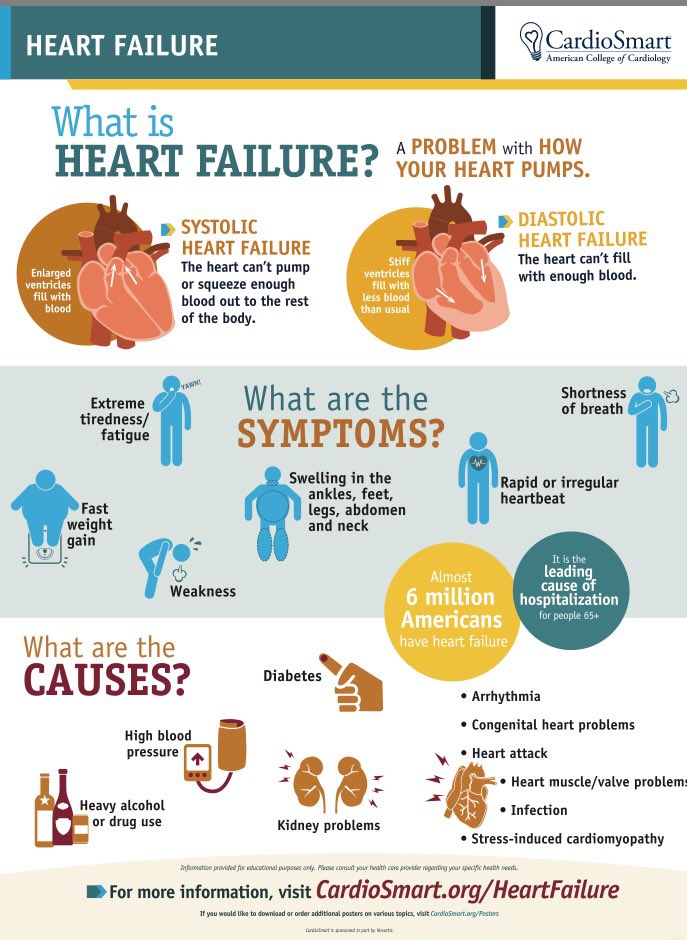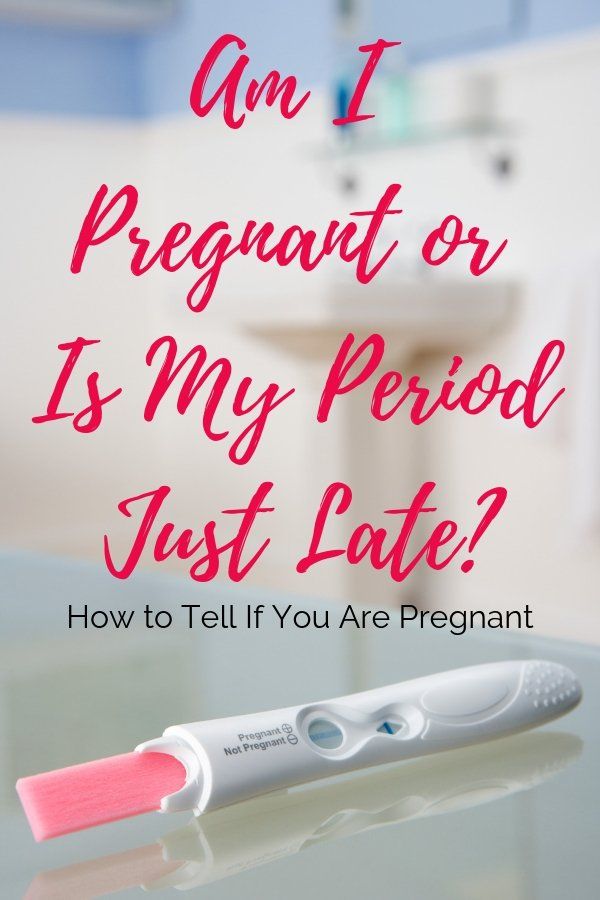What to expect with a twin pregnancy
Twin Pregnancy Week by Week
So, you’ve hit the jackpot—you’re pregnant with twins! While you’re adjusting to this life-changing news, your little ones are already growing and preparing to meet you! As you embark on this double adventure, it can be helpful to know about some of the common twin pregnancy symptoms that may await you week by week.
Twin Pregnancy: First Trimester
In the first few weeks of your twin pregnancy, you might notice some typical signs of early pregnancy, such as breast tenderness, fatigue, nausea, and a missed period. During your first trimester, a home pregnancy test can confirm your hunch that you're pregnant, and eventually an ultrasound scan at your healthcare provider's office will reveal you are pregnant with twins.
Although the first few weeks are a little uneventful, the first few months are quite exciting! Both of your babies develop from a cluster of cells to a tiny fetus with a heart, spinal cord, head, and limbs.
Read on to learn about twin pregnancy development and symptoms, week by week during the first trimester.
3 Weeks
After the first three weeks of pregnancy, you may start to feel a few pregnancy symptoms. And when it comes to a twin pregnancy, there’s quite a lot going on in that belly of yours, which is now nurturing either identical or fraternal twins.
Identical twins. When a sperm fertilizes an egg, it becomes a single cell called a zygote, which has 46 chromosomes that determine your baby’s sex and physical traits. When you have one zygote that splits into two during early pregnancy and grows into separate embryos, you’ll have identical twins. Because they come from the same zygote, they will have the same chromosomes and be the same sex.
Fraternal twins. If you have two zygotes, from two eggs fertilized by different sperm, these twins will not be identical and can be either the same or different sex. Fraternal twins are more common than identical twins.

4 Weeks
At around 4 weeks pregnant, some important developments occur, including implantation. This is when you may notice one of the first symptoms of pregnancy, which is implantation bleeding.
Implantation in the uterus. Around eight or nine days after fertilization, the rapidly dividing ball of cells, now known as a blastocyst, will burrow into the lining of the uterus. Each blastocyst, two in the case of a twin pregnancy, will grow into an embryo.
The placentas begin to grow. About one week later, the outer layer of the blastocyst will begin to form a placenta for each baby, providing nourishment over the course of your pregnancy. In some rare cases, the babies may share one placenta.
5 to 8 Weeks
When tracking pregnancy symptoms week by week, whether with one baby or twins, 5 to 8 weeks pregnant is when nausea and vomiting—aka morning sickness—might kick in. Though the precise cause or causes of this condition are unknown, the pregnancy hormone human chorionic gonadotropin (hCG) may be a contributing factor.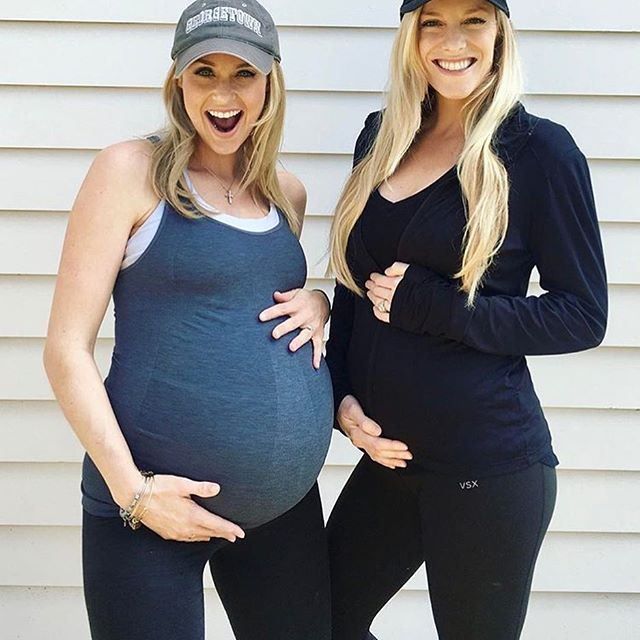 No one loves having this unpleasant symptom, which can be (but isn’t always) more severe during a twin pregnancy, but many moms-to-be choose to think of it as a sign that their pregnancy is going well! This is important considering all the growth and development your babies are experiencing during this time:
No one loves having this unpleasant symptom, which can be (but isn’t always) more severe during a twin pregnancy, but many moms-to-be choose to think of it as a sign that their pregnancy is going well! This is important considering all the growth and development your babies are experiencing during this time:
Your twins start forming brains and spinal cords. Around 6 weeks, your babies’ spinal cords and brains will develop from the neural tubes.
Little arms and legs start to form. By 8 weeks of your twin pregnancy, your babies will have buds for limbs that look like little paddles.
Two heartbeats. The tissues that form your babies’ hearts will begin to develop at this time. Heartbeats may even be detected during an ultrasound exam offered by your healthcare provider during this trimester. Ultrasound is the way most women find out they are pregnant with twins, often at around 12 weeks of pregnancy.
All major organs take shape.
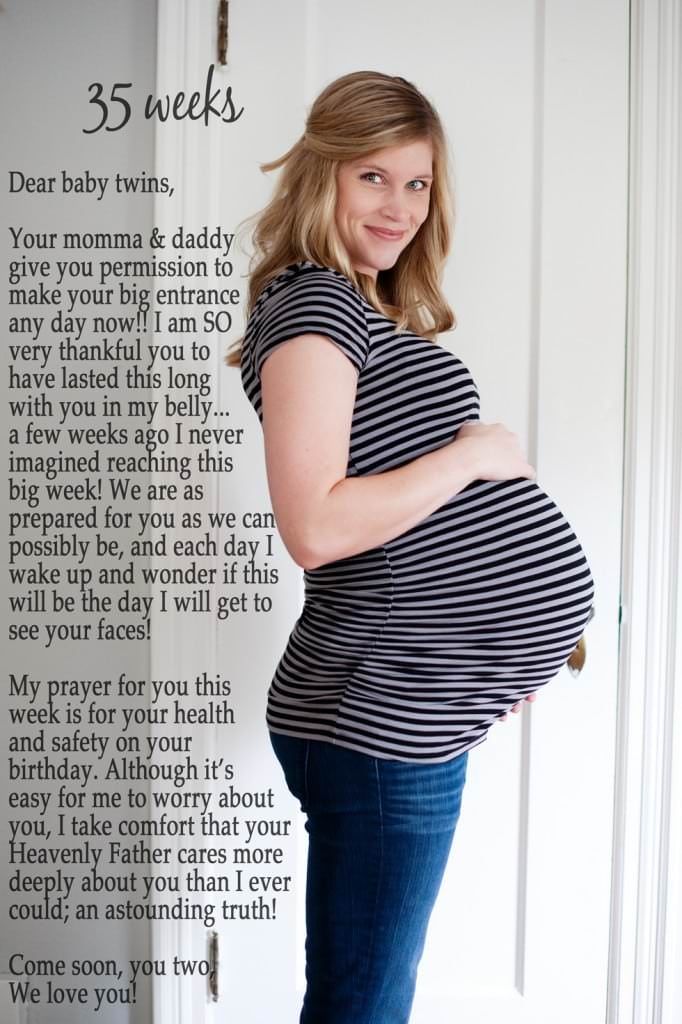 By the end of 8 weeks, all your babies’ major organs will have started to develop.
By the end of 8 weeks, all your babies’ major organs will have started to develop.
9 to 13 Weeks
As you enter the final weeks of the first trimester, you may be surprised to learn what’s happening in that baby bump of yours.
Fingers, toes, and nails begin to appear. Your tiny duo will start to develop fingers, followed by little toes taking shape; by 12 weeks, fingernails will also begin to sprout.
Facial features take shape. Twelve weeks into your pregnancy, your twins’ faces are less broad and more defined. Your babies will have eyelids and a more developed profile, with a formed nose, eyes, and upper lip.
Tooth buds form. Your babies’ future teeth are already in place, as tooth buds have appeared under the gums.
Your Twin Pregnancy in the Second Trimester
Twin pregnancy symptoms, when tracked week by week, aren’t too different from those in a singleton pregnancy. However, twin moms-to-be usually show their bumps sooner, and during the second trimester, it will become increasingly obvious that you’re pregnant with twins. You might also feel more uncomfortable and tired than singleton moms during this time or gain more weight, which is completely normal—after all, your body is a nourishing home to two developing babies!
Read on to learn about twin pregnancy development and symptoms, week by week during the second trimester.
However, twin moms-to-be usually show their bumps sooner, and during the second trimester, it will become increasingly obvious that you’re pregnant with twins. You might also feel more uncomfortable and tired than singleton moms during this time or gain more weight, which is completely normal—after all, your body is a nourishing home to two developing babies!
Read on to learn about twin pregnancy development and symptoms, week by week during the second trimester.
14 to 17 Weeks
The beginning of your second trimester is a busy time for your babies. They’re gaining weight and becoming more active. As for you, you’re entering what’s known as the golden period of pregnancy, when morning sickness and fatigue finally start to subside, and you feel more energized.
Limbs will move. Your babies will start to jerk their arms and legs, but you probably won’t be able to feel anything until they’re a bit bigger.
Bones start to harden.
 The bones of your twins will begin to harden, particularly the head and long bones.
The bones of your twins will begin to harden, particularly the head and long bones. Little eyes may move. Although their eyes are still closed, at 16 weeks, your babies can slowly move their eyes behind the lids. Your little ones should also have eyebrows and eyelashes at this point, too.
A protective coating forms on the skin. Your babies will start to acquire a greasy, waxy coating known as vernix, which helps shield their skin from the amniotic fluid.
18 to 22 Weeks
A few new aches and pains could crop up at this time, thanks to your growing uterus and hormonal changes. To help ease the discomfort, try adding some exercise to your daily routine, if your healthcare provider gives you the OK. Exercising while pregnant may not only minimize discomfort but also help boost your energy level and increase blood circulation, which benefits your twins.
Your twins may suck their thumbs. Your growing duo will develop the sucking reflex and may even suck their thumbs.
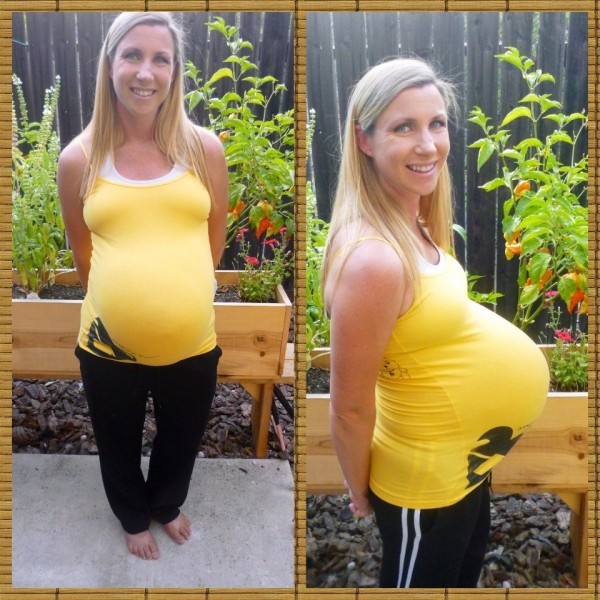
Your babies get active. During these weeks you may detect some gentle fluttering or wriggling. Before long, these movements will morph into kicks and jabs!
Your babies can hear. By 18 weeks, your babies may even begin to hear, and their ears will begin to stand out at the side of the head.
Your babies grow hair. Just after 20 weeks, your babies will be covered with a fine, downy protective hair called lanugo. Not only that, your little ones are also continuing to grow eyebrows and hair on their heads!
23 to 27 Weeks
You may start to develop some new symptoms as your twin pregnancy progresses week by week in the second trimester. For example, it’s possible to feel Braxton Hicks contractions, a sign that your body is practicing for labor. These practice contractions are also known as false labor, as they’re not the real deal. Your babies are also making progress and getting ready for their big entrance.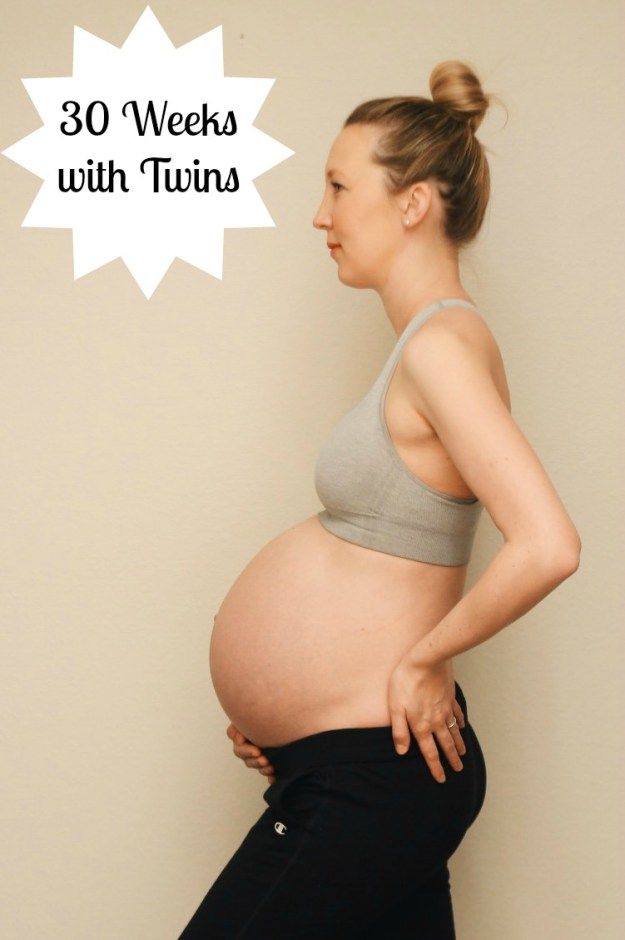
Your twins form fingerprints. Ridges in your babies’ palms and soles are becoming fingerprints and footprints.
Your babies can respond to sound. Your babies may begin to move in response to familiar sounds, such as your voice.
Little lungs develop. At around 26 weeks, the lungs forming in your babies' chests are slowly preparing to make breathing motions. They are producing a substance called surfactant that helps the air sacs in the lungs stay inflated, which is necessary for breathing.
Your Twin Pregnancy in the Third Trimester
In the third trimester, some of the most common twin or singleton pregnancy symptoms that could appear week by week include backaches as well as swelling in your hands, feet, and legs. As a result, you might find it hard to sleep or walk comfortably.
Meanwhile, your twins are getting ready for the big day! During this time, they’re listening to familiar sounds, such as your voice, and are likely settling into the optimal position for a vaginal delivery, which means both babies have their head down.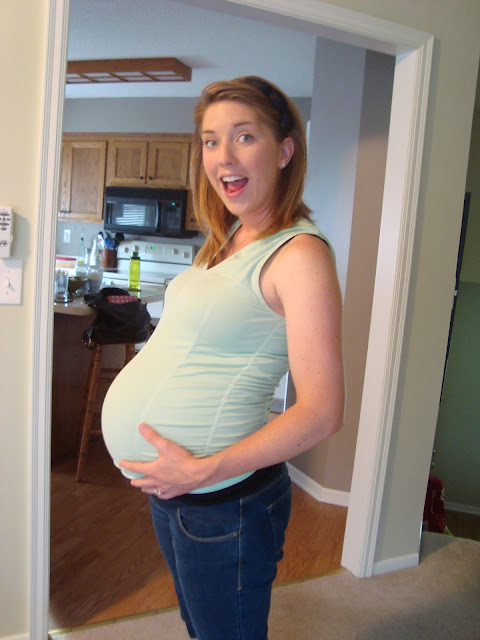 In some cases, only one twin may be facing headfirst, or both twins are facing feet first. Check the visual below to get an idea of how your babies might settle in the womb. And keep in mind that with twin pregnancies, there’s a higher likelihood of needing a cesarean delivery or giving birth prematurely.
In some cases, only one twin may be facing headfirst, or both twins are facing feet first. Check the visual below to get an idea of how your babies might settle in the womb. And keep in mind that with twin pregnancies, there’s a higher likelihood of needing a cesarean delivery or giving birth prematurely.
Although you might have checked our due date calculator, be aware that in an average twin pregnancy, twins are born closer to 35 weeks than to 40 weeks, so it’s worth getting prepared early. Make sure you have doubles of all the clothes, cribs, wipes, and diapers you’ll need! And since double the fun means double the price, earn cash and rewards by downloading the Pampers Club App.
Read on to learn about twin pregnancy development and symptoms, week by week during the third trimester.
28 to 32 Weeks
At this stage, your body is making more blood than it usually does, and your heart is pumping quickly to circulate it throughout your body. And, naturally, your baby bump continues to expand week by week, as your twins grow and develop.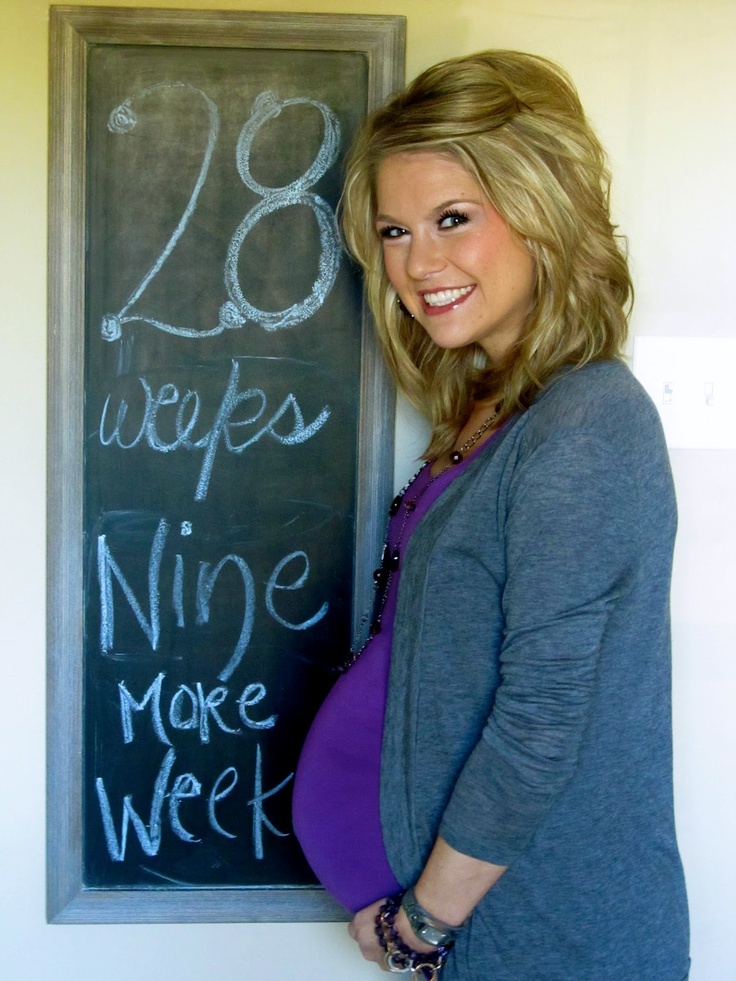
Your twins can open and close their eyes. Your twins may be able open and close their eyes and sense changes in light. However, they will spend most of their time sleeping with eyelids closed.
Brains growing. Your babies’ brains are growing quickly at this stage of your pregnancy. Parts of the brain can now control body temperature, so your twins are not solely dependent just the temperature of the amniotic fluid to stay warm.
Your twins have finished their major development. By now, your babies will have finished most of their development and start to gain weight rapidly. At 32 weeks, your babies may start to shed their lanugo, the fine hair that covered their bodies.
33 to 36 Weeks
As mentioned above, those who are pregnant with twins can expect an earlier delivery. So, at this point in your twin pregnancy, you’re in the home stretch, and your babies know it!
The lungs are preparing to breathe.
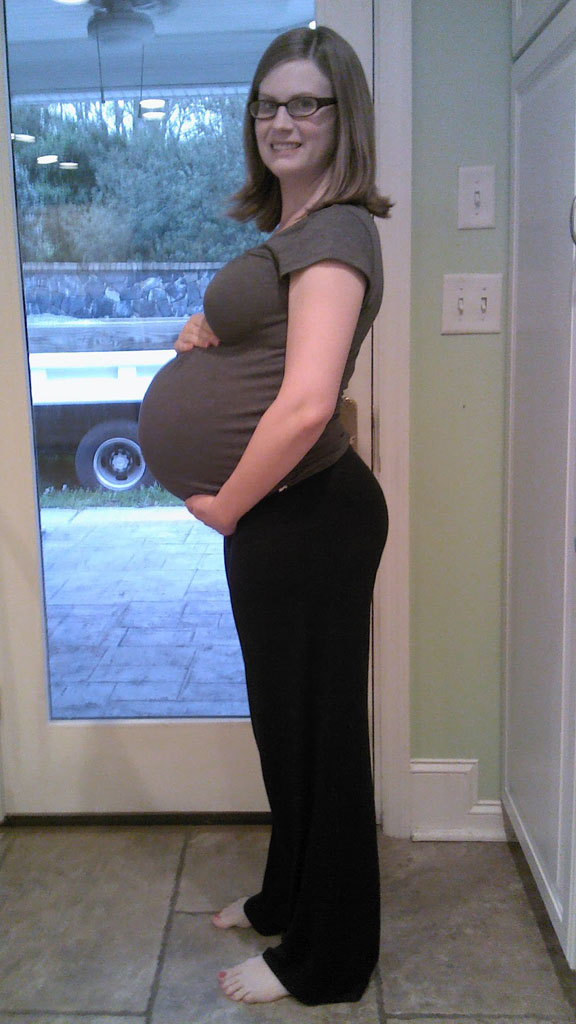 Your babies’ lungs are maturing and preparing to breathe outside the womb.
Your babies’ lungs are maturing and preparing to breathe outside the womb. Twins gaining weight. During the last few weeks of your pregnancy, your twins will continue to build fat layers and put on weight. Most twins will be born smaller than singleton babies, weighing on average 5.1 pounds.
Getting ready for birth. Most women give birth between 37 and 42 weeks. However, if you’re expecting twins, you could give birth as early as 35 weeks, so keep an eye out for any signs of labor and discuss your options with your healthcare provider.
In the video below, watch one of our partner nurses offer advice on when to head to the hospital as the signs of labor begin.
The Bottom Line
Were you not expecting two for the price of one? After the initial surprise of a twin pregnancy, it’s completely natural to feel overjoyed, overwhelmed, or even shocked for a while! But, knowing the symptoms of a twin pregnancy and what awaits you week by week can help you feel confident along the way and offer some peace of mind.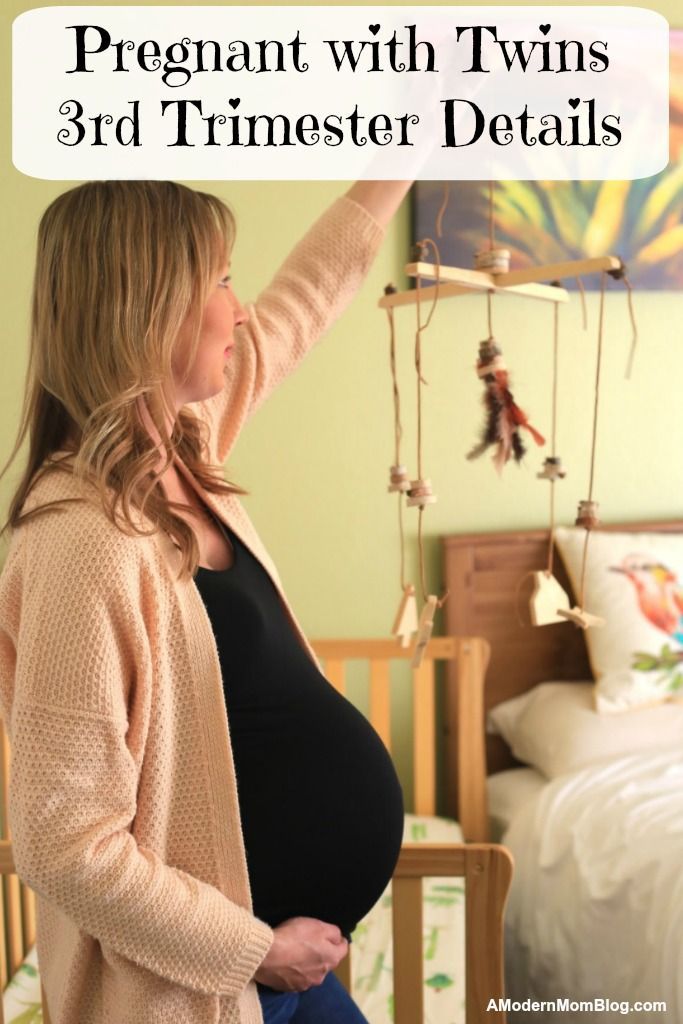 In some ways, a twin pregnancy isn’t that different than a singleton one. You’ll have a larger baby bump, of course, and you may feel more tired or experience other symptoms to a greater degree; but you’ll make similar progress as the weeks and months go by and your due date approaches.
However, to summarize a few important differences, a twin pregnancy might include
In some ways, a twin pregnancy isn’t that different than a singleton one. You’ll have a larger baby bump, of course, and you may feel more tired or experience other symptoms to a greater degree; but you’ll make similar progress as the weeks and months go by and your due date approaches.
However, to summarize a few important differences, a twin pregnancy might include
more checkups with your health provider
increased weight gain
an earlier delivery
your twins needing a little extra time in the hospital
higher risk for cesarean delivery and premature birth.
Think of it this way: though a twin pregnancy comes with its share of challenges, having twins means there are two babies to love and bring joy into your life! Hang in there and enjoy the journey as much as possible. You’ll be amazed to discover how your heart will grow twice as much!
Pregnant with twins? About twin pregnancy
Finding out you’re pregnant with twins
If you have very early and noticeable pregnancy symptoms like tiredness, emotional ups and downs, nausea, vomiting and constipation, you might wonder whether you’re having twins.
You might also suspect you’re having twins if you had fertility treatment – especially if you had more than one embryo transferred – or used certain fertility drugs to help with getting pregnant.
The only definite way to find out whether you’re having twins or other multiples is to have an ultrasound scan.
The best time to have this ultrasound is at 10-12 weeks of pregnancy. This is usually when your health professional can say for sure how many fetuses, placentas and amniotic sacs there are. This information can tell you whether you have identical or fraternal twins. And the information also helps your health professionals recommend the right pregnancy care for you.
Hormone tests can’t tell you for sure whether you’re pregnant with twins.
Pregnant with twins: antenatal care and birth options
Because a twin pregnancy can be more complicated than a single pregnancy, health professionals usually recommend specialist antenatal care. Specialist antenatal care usually involves seeing an obstetrician and a midwife in a hospital twins clinic.
Specialist antenatal care usually involves seeing an obstetrician and a midwife in a hospital twins clinic.
Specialist antenatal checks can pick up any complications early, which means they can be treated early too.
Also, health professionals will usually recommend that you give birth in a hospital, rather than in a birth centre or at home. Hospitals have facilities to manage any complications of a twin pregnancy, like premature birth.
Tests, checks and appointments during twin pregnancy
If you’re pregnant with twins, you’ll need a higher level of care, which means more appointments and tests during your pregnancy.
You probably won’t need a lot of extra blood tests, but you will need more ultrasounds.
If you have twins with separate placentas, it’s generally recommended that you have ultrasounds at 12-13 weeks, 20 weeks, and then every 4 weeks until your babies are born. You might have more frequent ultrasounds than this.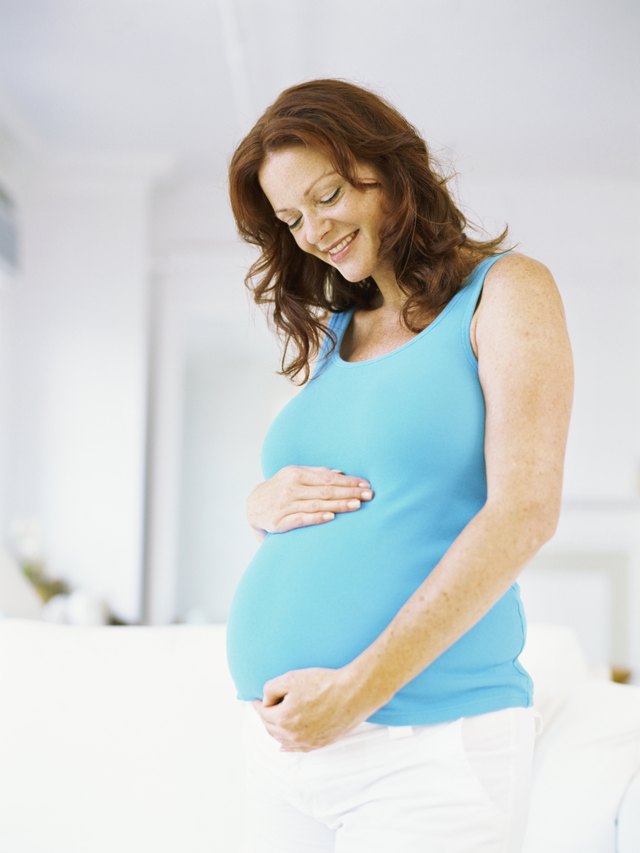
A twin pregnancy with babies sharing one placenta might be more complicated. It’s generally recommended that you have ultrasounds about every 2 weeks from 12 weeks.
If you’re pregnant with twins, you’ll have more frequent antenatal appointments. Antenatal appointments are a good chance to get health and lifestyle support if you need it. You can also get information about pregnancy, labour, birth and early parenting.
Potential health complications in a twin pregnancy
Women with twin pregnancies are more likely to have pregnancy health problems and complications like gestational diabetes, pre-eclampsia, premature labour and bleeding.
Twins who share a placenta might have extra complications. Sometimes their blood supply is shared unequally, which can cause health problems for both twins. Or if the placenta itself is shared unequally, this can mean that one twin doesn’t get enough nutrients and doesn’t grow as well.
You can reduce the risk of complications – or stop them from getting worse – by going to your antenatal appointments. At these appointments it’s important to tell your obstetrician, doctor or midwife if you have any physical symptoms or you feel that something is wrong.
At these appointments it’s important to tell your obstetrician, doctor or midwife if you have any physical symptoms or you feel that something is wrong.
Pregnancy health problems can be both physical and emotional. If you have emotional changes that last longer than 2 weeks or that get in the way of your daily life, it could be a sign of antenatal depression, antenatal anxiety or another problem. Talk with your midwife or doctor about any emotional changes. You can also call Lifeline on 131 114, Beyond Blue on 1300 224 636 or PANDA on 1300 726 306.
Physical changes during a twin pregnancy
Physical changes with a twin pregnancy are more obvious than with a single pregnancy.
If you’re pregnant with twins, you might gain 16-20 kg (compared to 10-15 kg with a single pregnancy). Also, stretch marks, bloating, varicose veins and haemorrhoids are common. These changes might affect the way you feel about your body.
You can talk with your doctor or midwife about the changes in your body and how you feel about these changes.
Keep up to date with the changes in your body and your babies’ development with our week-by-week pregnancy emails.
Healthy eating and twin pregnancy
Healthy eating in pregnancy involves a healthy, well-balanced diet, full of vitamins and minerals.
When you’re pregnant with twins, your doctor or midwife might recommend that you get expert advice about your dietary intake of protein, carbohydrates, folate, iron, calcium, iodine, fats and overall nutrients. Dietitians have qualifications and skills to give you expert nutrition and dietary advice.
Will your twins be born early?
Health professionals usually aim for twins to be born at 37-38 weeks unless problems develop earlier or there’s a good reason to delay birth.
About 60% of twins are born before 37 weeks, while single babies are born at around 40 weeks.
If you know your twins will be born early, you can get ready for premature birth.
Vaginal or caesarean birth
It’s good to talk with your obstetrician and midwife about whether vaginal birth or caesarean birth will be better for you and your twins.
If you’re having twins, you’re almost twice as likely to have a caesarean birth.
You can discuss with your obstetrician the most appropriate time and ‘way’ to give birth to your twins.
Preparing for raising twins
Raising twins can be very rewarding and very challenging at times too. Here are ways to get ready for parenting twins:
- Work on communication with your partner, if you have one. Communication is an essential part of continuing a healthy relationship. Pregnancy is a great time to discuss and share your thoughts and expectations for the future. You might like to watch our video on relationships in pregnancy and early parenting and read about pregnancy and healthy relationships.
- Look at our resources on breastfeeding. You can breastfeed your twins, and it’s good for you and your babies. You can ask for help from a lactation consultant or your midwife. You can also ask your birth hospital if there are classes specifically for expectant parents of twins.

- Read about services and support. As parents of twins, you and your partner will find that life is very busy, so it’ll help to have support from family and friends.
- Enrol with the Australian Multiple Birth Association (AMBA). The AMBA offers a range of support services and links to other services for new parents of twins. You might also like to register your twins with Twins Research Australia.
articles from the specialists of the clinic "Mother and Child"
Arifullina Claudia Viktorovna
Gastroenterologist
Clinical Hospital "AVICENNA" GC "Mother and Child"
There is data on the frequency of twins in case of anomalies in the development of the uterus, characterized by its bifurcation (bicornuate uterus, having a septum in the cavity, etc.). The cause of polyembryony may be the separation of blastomeres (in the early stages of crushing), resulting from hypoxia, cooling, acidity and ionic composition of the medium, exposure to toxic and other factors.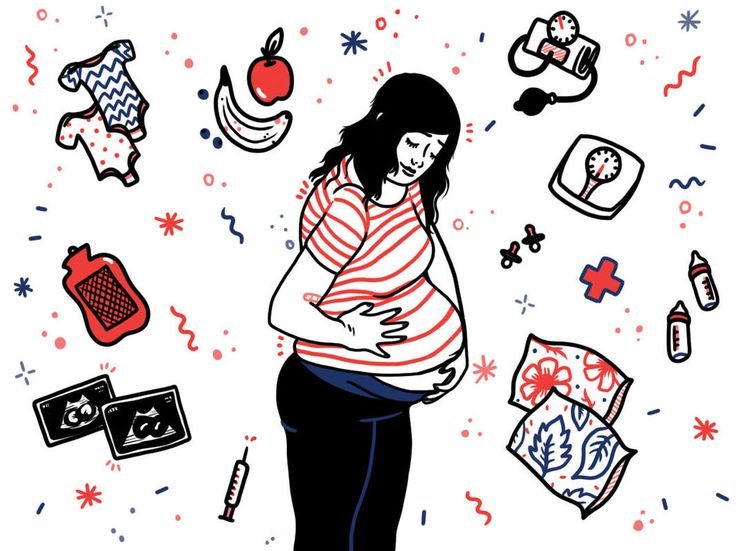 Multiple pregnancy can occur: as a result of the fertilization of two or more simultaneously mature eggs, as well as the development of two or more embryos from one fertilized egg.
Multiple pregnancy can occur: as a result of the fertilization of two or more simultaneously mature eggs, as well as the development of two or more embryos from one fertilized egg.
Twins formed from two (three, etc.) eggs are called dizygotic (polyzygotic), those arising from one are called identical. The origin of fraternal twins (polyzygotic twins): the simultaneous maturation (and ovulation) of two or more follicles in one ovary is possible. There may be maturation of two or more follicles and ovulation in both ovaries.
A third way of the origin of fraternal (multi-ovular) twins is possible - the fertilization of two or more eggs that have matured in one follicle. The origin of identical twins: most often, the occurrence of identical twins is associated with the fertilization of an egg that has two or more nuclei. a single embryonic germ in the stage of crushing is divided into two parts; from each part an embryo (fruit) is formed. Twin twin. Fertilized eggs develop on their own. After penetration into the mucous membrane, each embryo develops its own aqueous and fleecy membranes; in the future, each twin forms its own placenta with an independent network of vessels, each fetal egg, except for the chorion and amnion, has an independent capsular membrane (decidua capsularis). In some cases, anastomoses are formed between the vessels of independent placentas. Twins can be same-sex (both boys or both girls) or different-sex (boy and girl). Their blood type can be the same or different. Identical twin. Identical twins have a common capsular and fleecy membrane and a common placenta; the vessels (both arterial and venous) of both twins in the placenta communicate with the help of numerous anastomoses. The water membrane of each twin is separate, the septum between the fetal sacs consists of two water membranes (biamniotic twins).
After penetration into the mucous membrane, each embryo develops its own aqueous and fleecy membranes; in the future, each twin forms its own placenta with an independent network of vessels, each fetal egg, except for the chorion and amnion, has an independent capsular membrane (decidua capsularis). In some cases, anastomoses are formed between the vessels of independent placentas. Twins can be same-sex (both boys or both girls) or different-sex (boy and girl). Their blood type can be the same or different. Identical twin. Identical twins have a common capsular and fleecy membrane and a common placenta; the vessels (both arterial and venous) of both twins in the placenta communicate with the help of numerous anastomoses. The water membrane of each twin is separate, the septum between the fetal sacs consists of two water membranes (biamniotic twins).
Identical twins always belong to the same sex (both boys or both girls), look alike, have the same blood type.
In fraternal twins, the membranes in the septum are arranged as follows: amnion - chorion, chorion - amnion; with monozygotic amnion-amnion.
Important signs for the diagnosis are: blood type (and other blood factors), eye color, hair color, skin texture of the fingertips, shape and location of teeth. In identical twins, these signs are completely the same. Fraternal twins share the same similarities as normal siblings.
MULTIPLE PREGNANCY
With multiple pregnancy, increased demands are made on the woman's body: the cardiovascular system, lungs, liver, nights and other organs function with great stress. In this regard, multiple pregnancies are more difficult than single pregnancies.
- Pregnant women often complain of fatigue and shortness of breath, which increases towards the end of pregnancy. The cause of shortness of breath is a difficulty in the activity of the heart due to a significant displacement of the diaphragm by the bottom of the uterus, the size of which is larger in multiple pregnancy than in singleton.
- Often there is a dilation of the veins of the lower extremities.
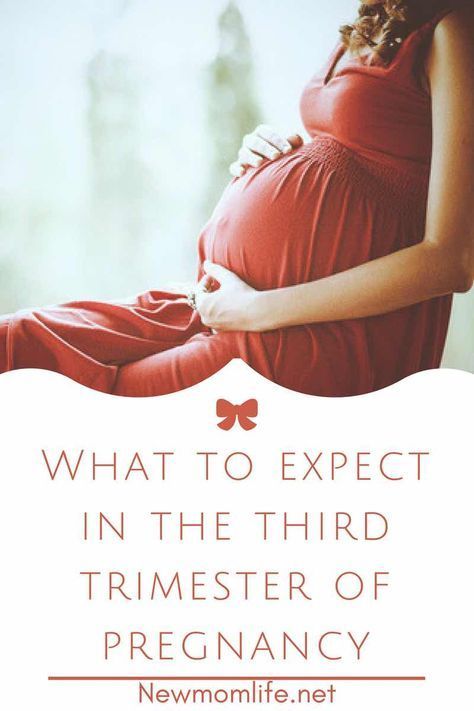 By the end of pregnancy, there is often an increase in the urge to urinate due to the pressure of a large fetus on the bladder.
By the end of pregnancy, there is often an increase in the urge to urinate due to the pressure of a large fetus on the bladder. - Pregnant women often complain of heartburn and constipation.
- In multiple pregnancies, toxicosis occurs more often than in singleton pregnancies: vomiting, salivation, edema, nephropathy, eclampsia.
- With twins, polyhydramnios of one of the fetuses is often found, which leads to a sharp increase and hyperextension of the uterus, shortness of breath, tachycardia and other disorders. Polyhydramnios is more common in one of the identical twins. In some cases, the polyhydramnios of one twin is accompanied by an oligohydramnios of the other fetus.
- Premature termination of multiple pregnancies often occurs.
- With twins, preterm birth occurs in at least 25% of women.
- Prematurity is more common in triplets than in twins. The greater the number of gestated fetuses, the more often preterm births are observed.
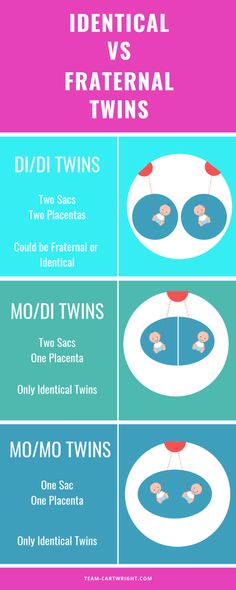
- Development of term twins is normal in most cases. However, their body weight is usually less than that of single fetuses. Often there is a difference in body weight of twins by 200-300 g, and sometimes more.
- Uneven development of twins is associated with unequal intake of nutrients from a single placental circulation.
- Often there is a difference not only in weight, but also in the length of the body of the twins. In connection with this, the theory of supergenesis (superfoetatio) was put forward. Proponents of this hypothesis believe that fertilization of eggs of different ovulation periods is possible, i.e., the onset of a new pregnancy in the presence of an already existing, previously occurring, pregnancy.
- Due to the uneven delivery of nutrients and oxygen, a significant developmental disorder and even death of one of the twins can occur. This is more commonly seen in identical twins. The dead fetus is squeezed by the second, well-growing fetus, the amniotic fluid is absorbed, the placenta undergoes regression.
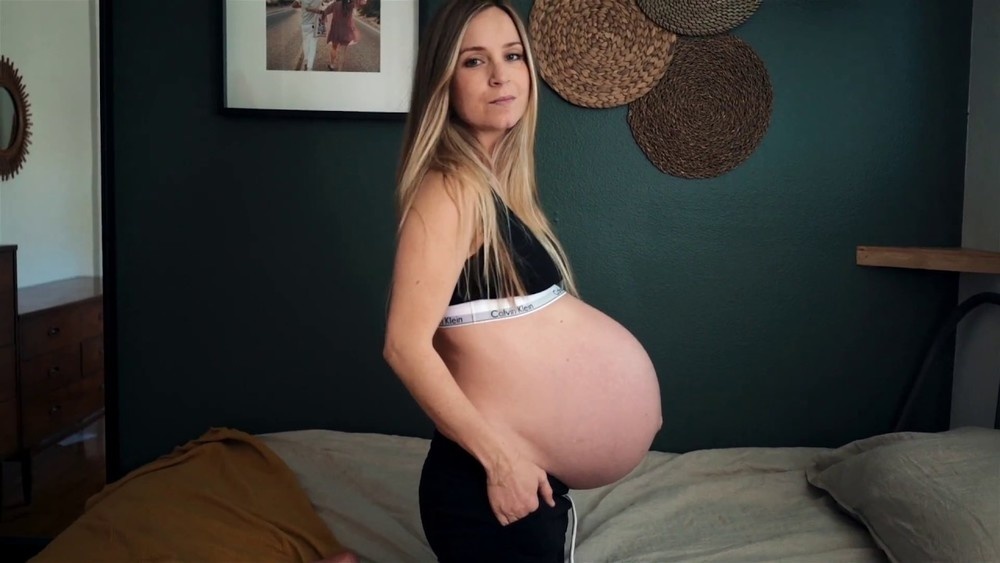 The compressed mummified fetus ("paper fetus") is released from the uterus along with the placenta after the birth of a live twin. Polyhydramnios of one fetus, which occurs during multiple pregnancies, often also prevents the other twin from developing correctly. With pronounced polyhydramnios, certain anomalies in the development of the fetus, which grows with an excess of amniotic fluid, are often observed. Rarely, fused twins are born (fusion can be in the head, chest, abdomen, pelvis) and twins with other malformations.
The compressed mummified fetus ("paper fetus") is released from the uterus along with the placenta after the birth of a live twin. Polyhydramnios of one fetus, which occurs during multiple pregnancies, often also prevents the other twin from developing correctly. With pronounced polyhydramnios, certain anomalies in the development of the fetus, which grows with an excess of amniotic fluid, are often observed. Rarely, fused twins are born (fusion can be in the head, chest, abdomen, pelvis) and twins with other malformations. - The position of the fetus in the uterine cavity in most cases (about 90%) is normal. In the longitudinal position, different presentation options are observed: both fetuses are presented with the head, both with the pelvic end, one with the head, and the other with the pelvic end. With longitudinal presentation, one fetus may be behind the other, which makes diagnosis difficult. Less commonly observed is the longitudinal position of one fetus and the transverse position of the other.
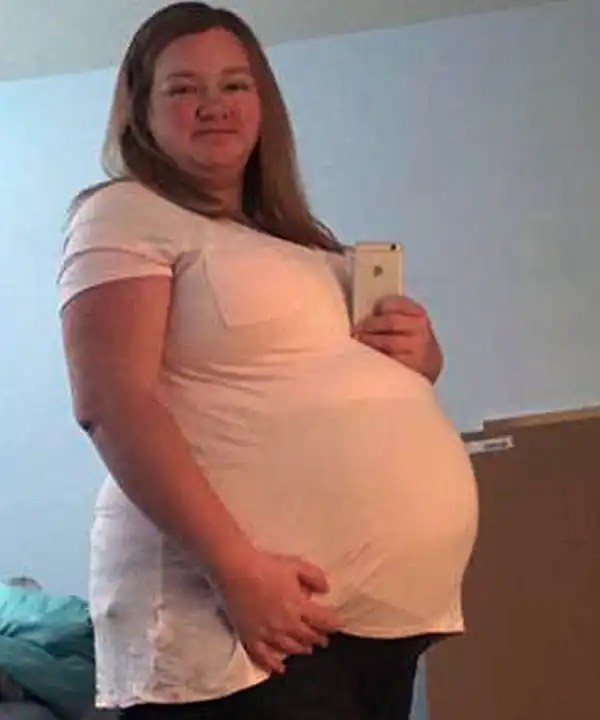 The most rare is the transverse position of both twins.
The most rare is the transverse position of both twins. - Position of the twins in the uterus, both fetuses are presented with the head, one fetus is presented with the head, the second - with the pelvic end, both fetuses are in the transverse position
- In case of multiple pregnancies, women are taken to a special account and carefully monitored. When the earliest signs of complications appear, the pregnant woman is sent to the pregnancy pathology department of the maternity hospital. Given the frequent occurrence of preterm birth, it is recommended that a pregnant woman with twins be sent to the maternity hospital 2 to 3 weeks before delivery, even in the absence of complications.
RECOGNITION OF MULTIPLE PREGNANCY
Diagnosis of multiple pregnancy often presents significant difficulties, especially in its first half. In the second half, towards the end of pregnancy, the recognition of twins (triplets) is facilitated. However, diagnostic errors occur during the study at the end of pregnancy and even during childbirth.
However, diagnostic errors occur during the study at the end of pregnancy and even during childbirth.
When recognizing a multiple pregnancy, the following signs are taken into account:
- The enlargement of the uterus in multiple pregnancy occurs faster than in pregnancy with one fetus, so the size of the uterus does not correspond to the gestational age. The bottom of the uterus is usually high, especially at the end of pregnancy, the circumference of the abdomen during this period reaches 100-110 cm or more.
- The following signs are unstable and not sufficiently reliable: a) deepening of the uterine fundus (saddle uterus), the formation of which is associated with protrusion of the corners of the uterus with large parts of the fetus; b) the presence of a longitudinal depression on the anterior wall of the uterus, which is formed as a result of the fruits that are in a longitudinal position adjacent to each other; c) the presence of a horizontal groove on the anterior wall of the uterus with the transverse position of the fetus.

- The small size of the presenting head with a significant volume of the pregnant uterus and the high standing of its bottom also make it possible to suspect a multiple pregnancy. The presence of this sign is explained by the fact that the study determines the head of one and the pelvic end (in the bottom of the uterus) of another fetus, which lies slightly higher.
- Feeling the movement of the fetus in different places and probing parts of the fetus in different parts of the abdomen (both on the right and on the left) also indicate multiple pregnancies.
Make an appointment
to the doctor - Arifullina Claudia Viktorovna
Clinical Hospital "AVICENNA" GC "Mother and Child"
GastroenterologyPediatric Gastroenterology
By clicking on the send button, I consent to the processing of personal data
Attention! Prices for services in different clinics may vary. To clarify the current cost, select a clinic
Clinical Hospital "AVICENNA" GC "Mother and Child"Novosibirsk Center for Reproductive Medicine
All directionsGynecological proceduresSpecialist consultations (adults)Specialist consultations (children)Laboratory of molecular geneticsGeneral clinical studiesProcedure roomTherapeutic studiesUltrasound examinations for adults
01.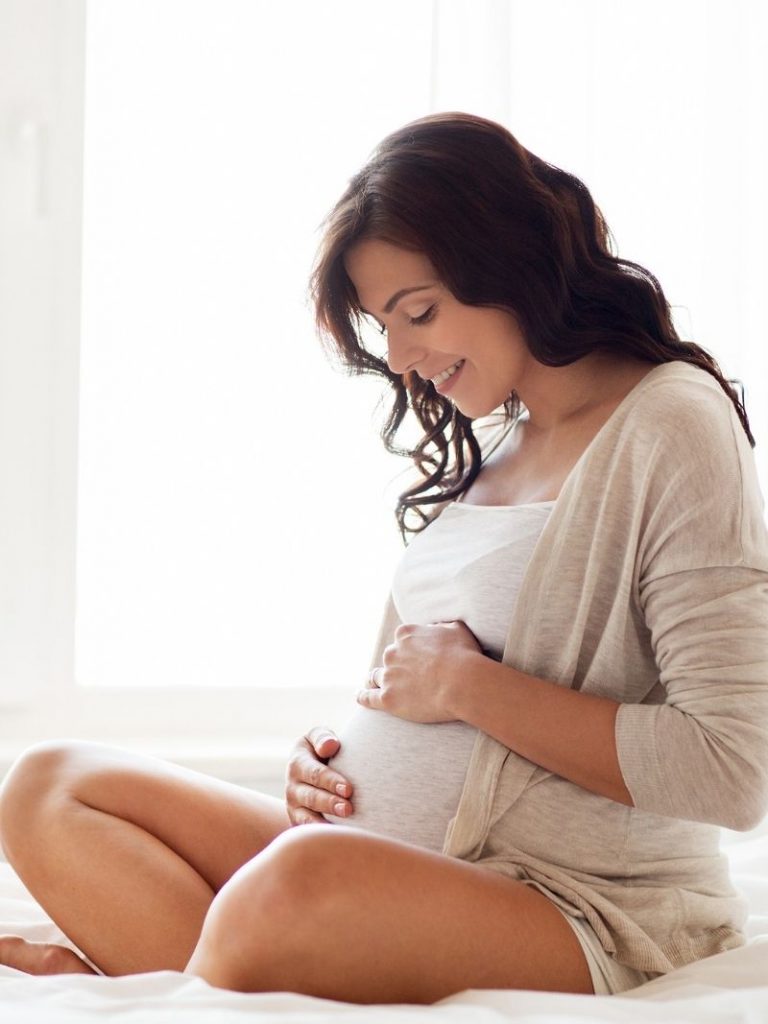
Gynecological procedures
02.
Consultations of specialists (adults)
03.
Consultations of specialists (children's)
04.
Laboratory of molecular genetics
05.
General clinical studies
06 06.
Treatment Room
07.
Therapeutic Research
08.
Adult Ultrasound
Nothing found
The administration of the clinic takes all measures to timely update the price list posted on the website, however, in order to avoid possible misunderstandings, we advise you to clarify the cost of services and the timing of the tests by calling
Site map
|
|
